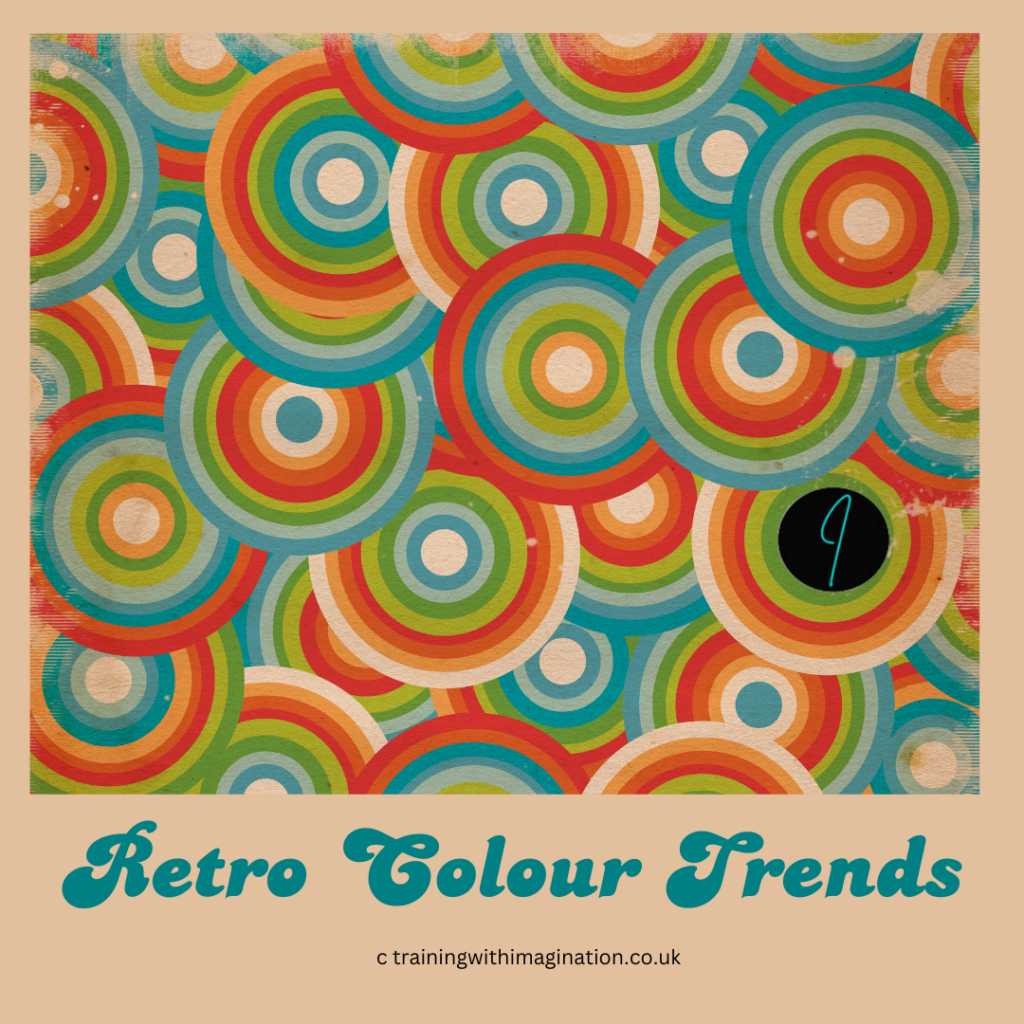Reviving Retro Colours
Exploring Classic Colour Trends in Women’s Fashion
Fashion is cyclical, and nothing exemplifies this better than the resurgence of retro colours. From the vibrant hues of the 1960s to the bold contrasts of the 1980s, these nostalgic palettes are making a comeback in women’s fashion, offering a fresh twist on classic styles.
Let’s dive into some of the most iconic retro colour trends and how they are being reimagined today.
1. Swinging Sixties: Bold and Playful
The 1960s were all about bold colours and playful patterns. Think of bright mod dresses in primary Colours like canary yellow, cherry red, and cobalt blue. These colours were often paired with graphic black-and-white patterns, creating a striking contrast that was both modern and fun.
Today, these sixties-inspired hues are being revived with a contemporary twist. Designers are embracing vibrant colour blocking in dresses, skirts, and tops, bringing back that playful spirit with a more polished and refined edge. Pairing these bold colours with neutral accessories can make the look feel fresh rather than dated.
2. Seventies Earth Tones: Natural and Warm
The 1970s introduced a palette of earthy tones, reflecting a cultural shift towards nature and simplicity. Rich browns, deep oranges, mustard yellows, and olive greens dominated the fashion scene, creating a warm, grounded aesthetic.
These colours are perfect for creating a cozy, vintage-inspired wardrobe today. Think wide-leg pants in rust or tan, paired with chunky knits or suede jackets. The key to modernizing this look is in the silhouettes and fabrics—opt for sleek, tailored pieces in these retro hues to keep the vibe contemporary.
3. Electric Eighties: Neon and Pastels
The 1980s were known for their fearless embrace of colour. Neon brights—electric pinks, greens, and oranges—dominated the scene, alongside softer, candy-Coloured pastels like mint green, baby pink, and powder blue.
Modern fashion is bringing back these electric and pastel tones, but with a more sophisticated approach. Neon is being used as a pop of colour rather than a head-to-toe statement, making it more wearable for everyday looks. Pastels, on the other hand, are being mixed with neutrals for a soft, chic look that feels fresh and current.
4. Nineties Minimalism: Retro Colours were Neutral and Muted
The 1990s shifted towards a minimalist aesthetic, with a palette dominated by neutrals and muted tones—think shades of beige, grey, black, and white. These colours were all about understated elegance and simplicity, creating a clean, streamlined look.
In today’s fashion landscape, these nineties-inspired neutrals are being embraced for their versatility and timeless appeal. From tailored blazers in camel to monochromatic ensembles in shades of grey, these Colours are the foundation of a modern wardrobe. They offer a subtle nod to the past while fitting seamlessly into contemporary style.
Bringing Retro Colour Trends Into the Present
Incorporating retro colours into your wardrobe is all about balance. The key is to mix these nostalgic hues with modern silhouettes, textures, and accessories to create a look that feels both vintage and current. Whether you’re drawn to the boldness of the sixties or the minimalism of the nineties, there’s a retro colour trend that can add a touch of timeless style to your outfits.
So, why not dive into your fashion archives and experiment with these classic Colours? After all, the beauty of retro fashion is its endless potential for reinvention.
If you’ve enjoyed this article and would like to know more about colour you might enjoy our article here.
Do you love colour and would like to work with colour as a business – find out more here: Diploma Course

